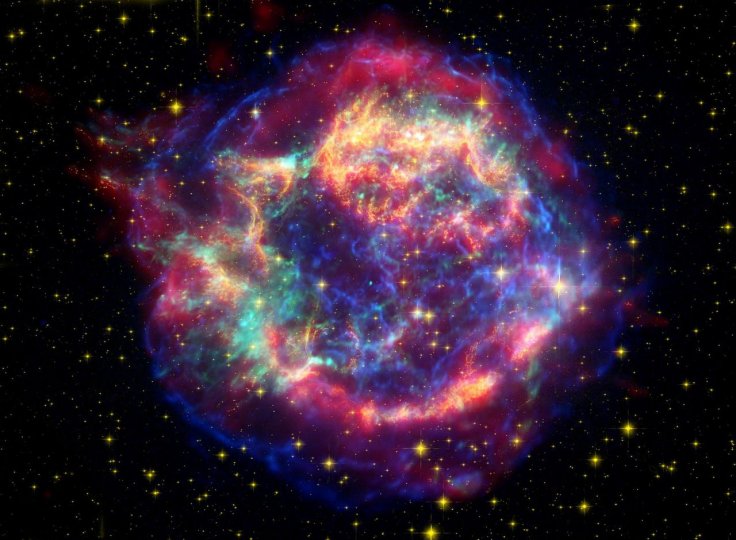
A new video released by NASA shows the stunning evolution that the supernova remnant known as Cassiopeia A went through in a space of 13 years. In the video, the main shock wave of the stellar explosion can be seen as it reacts to the cosmic materials it encounters in its path.
The latest video from the space agency was shared through the website for its Chandra X-Ray Observatory, which has been observing Cassiopeia A ever since its launch in 1999.
According to NASA, Cassiopeia A is located about 11,000 light-years from Earth. It was formed after a dying star collapsed under the weight of its own gravity and exploded. Astronomers believe the supernova occurred around 1680.
Using the data it has collected, NASA created a short video documenting the evolution of the supernova within human timescales. As noted by the agency, it is rare to see the evolution of cosmic objects within periods that humans can relate to since the duration of most stellar events can take light-years.
Most of the images were taken from Chandra's observations from 2000 to 2013 while some came from NASA other's cosmic observer, the Hubble Space Telescope.
Images from the short clip show the supernova's blue outer region. According to NASA, this bluish outline is the expanding blast wave from the initial explosion. Over the years, the blast wave can be seen as it expands across space traveling at speeds of over 17 million kilometers per hour.
Over time, the blast wave generates secondary shock waves as it collides with other cosmic materials. The collision sends the secondary shock waves traveling backwards and into the center of the supernova.
"As the blast wave travels outwards at speeds of about 11 million miles per hour, it encounters surrounding material and slows down, generating a second shock wave - called a 'reverse shock' - that travels backwards, similar to how a traffic jam travels backwards from the scene of an accident on a highway," NASA explained in a statement.
"These reverse shocks are usually observed to be faint and much slower moving than the blast wave," the agency added.
A study conducted by astronomers from Japan in 2018 revealed that the reverse shockwaves travel at speeds of about 8 to 14 million kilometers per hour.








